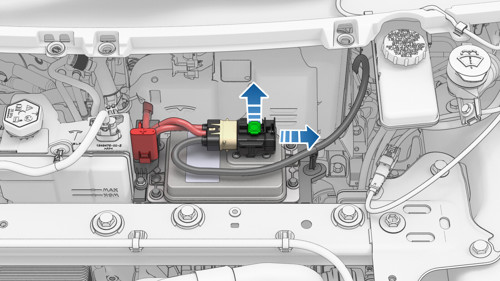Electric vehicles (EVs) are proving more reliable than internal combustion engine (ICE) cars, according to new data from the ADAC, Germany’s largest roadside assistance service.
Analysing 3.6 million breakdowns attended in the past year, ADAC found that EVs had significantly fewer issues per vehicle on the road.
In vehicles first registered between 2020 and 2022, EVs recorded just 4.2 breakdowns per 1000 cars, while internal combustion engine (ICE) vehicles hit 10.4 per 1000.
Despite a growing share of EVs in Germany’s fleet, the number of callouts involving electric cars remained proportionally low - just 1.2% of all breakdowns, or 43,678 cases.
The finding marks the first time ADAC has felt confident enough in EV sample size and maturity to make a clear reliability comparison. The result, it says, favours electric.
12V batteries still the top culprit

While the high-voltage drivetrains of EVs often dominate headlines, it’s actually the humble 12V battery causing the most headaches. This single component was responsible for 50% of all EV breakdowns, and 45% of ICE-related callouts.
That mirrors earlier findings that many of the top causes of roadside failures - electrical systems, lighting, engine control - are less prevalent in EVs due to their simpler mechanical design. Without an engine, gearbox, or fluids to manage, there’s simply less to go wrong.
Tyres: one category where EVs lag

Tyres are the only area where electric vehicles showed a higher rate of failure. EVs logged 1.3 tyre-related callouts per 1,000 vehicles compared to 0.9 for combustion cars.
The cause may lie in the increased weight of EVs due to battery packs, combined with high instant torque potentially accelerating wear.
However, the ADAC notes that this trend is less prominent in newer EV models, possibly due to improved tyre tech and vehicle calibration.
Long-term data still developing

ADAC cautions that longitudinal data remains limited. EVs have not been around long enough in large numbers to assess performance beyond 10 years of service.
However, the current trajectory suggests a strong reliability advantage in the early to mid-life stages of ownership.
As the study continues to grow year-on-year, the emerging picture is clear: modern EVs, while not perfect, are shaping up to be among the most dependable vehicles on the road today.










